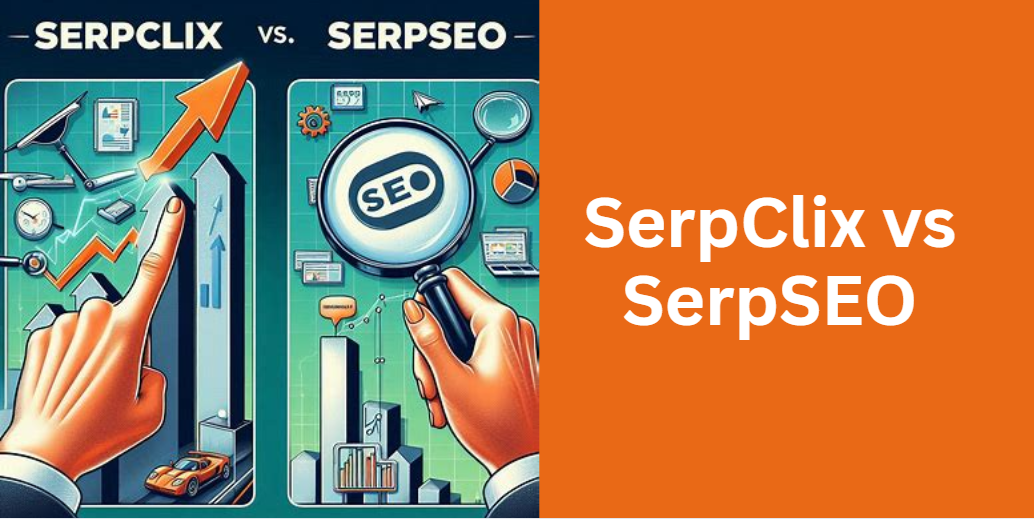The Rise of Janitor AI: Transforming Facility Management
“Janitor AI” In today’s fast-paced world, the integration of artificial intelligence (AI) in various sectors is transforming the way businesses operate. One of the most exciting developments is the emergence of “Janitor AI,” a concept that applies AI technology to janitorial services and facility management. This article explores what Janitor AI is, its benefits, the technology behind it, and its prospects.
What is Janitor AI?
Janitor AI refers to the use of artificial intelligence to enhance janitorial services. It involves leveraging AI technologies like machine learning, computer vision, and automation to improve cleaning efficiency, monitor cleanliness levels, and manage maintenance tasks in facilities. By automating routine tasks and providing data-driven insights, It can significantly enhance the overall cleaning process.
Key Features of Janitor AI
- Automated Cleaning:It systems can automate routine cleaning tasks. For instance, robots equipped with AI can navigate buildings to clean floors, windows, and other surfaces. These robots can work alongside human janitors, taking on repetitive tasks and allowing them to focus on more complex duties.
- Real-time Monitoring: AI systems can monitor the cleanliness of a facility in real time. Sensors and cameras can detect dirt, spills, and maintenance needs, alerting staff when action is required. This proactive approach can reduce the likelihood of accidents and improve overall hygiene.
- Predictive Maintenance: J. AI can analyze data from cleaning schedules and equipment usage to predict when maintenance is needed. This helps prevent breakdowns and extends the lifespan of cleaning equipment, leading to cost savings.
- Data-Driven Insights: With AI, facility managers can access valuable data about cleaning practices and facility usage. This information can be used to optimize cleaning schedules, allocate resources more efficiently, and improve service quality.
Benefits of Janitor AI
- Cost Efficiency: By automating cleaning tasks and optimizing schedules, Janitor AI can reduce labor costs and improve resource allocation. Facilities can achieve more with less, leading to significant savings.
- Improved Cleanliness: Real-time monitoring and predictive maintenance ensure that facilities remain clean and hygienic. This is particularly important in environments like hospitals and schools, where cleanliness directly impacts health and safety.
- Enhanced Employee Satisfaction: By relieving human janitors of repetitive tasks,It allows them to engage in more meaningful work. This can lead to higher job satisfaction and retention rates.
- Environmental Impact: AI systems can help reduce the amount of cleaning chemicals used and optimize water consumption. This is beneficial for the environment and can enhance a company’s sustainability profile.
- Scalability: Janitor AI solutions can easily scale to meet the needs of different facilities, whether small offices or large industrial complexes. This flexibility makes it suitable for various sectors.
The Technology Behind Janitor AI
The backbone of Janitor consists of several key technologies:
- Machine Learning: Machine learning algorithms enable AI systems to learn from data and improve their performance over time. For example, these algorithms can analyze past cleaning schedules to determine the most efficient cleaning times.
- Computer Vision: This technology allows machines to interpret and understand visual information from the world. In janitorial applications, computer vision can identify areas that require cleaning and assess the cleanliness of different surfaces.
- Internet of Things (IoT): IoT devices, such as sensors and cameras, can collect data on environmental conditions and cleanliness levels. These devices can communicate with AI systems to provide real-time insights.
- Robotics: Cleaning robots equipped with AI can perform tasks like vacuuming and mopping. These robots are designed to navigate autonomously, making them efficient in various environments.
Challenges and Considerations
While Janitor AI offers numerous advantages, there are challenges to consider:
- Initial Investment: Implementing AI technology can require a significant upfront investment. Companies must weigh the long-term benefits against initial costs.
- Training and Adoption: Employees need training to effectively use AI tools. Resistance to change can hinder adoption, so organizations must manage this transition carefully.
- Data Privacy: The use of sensors and cameras raises privacy concerns. Companies must ensure compliance with regulations and protect employee and customer data.
- Dependence on Technology: Over-reliance on AI may lead to decreased human oversight. It’s essential to find a balance between automation and human intervention to maintain quality service.
Future of Janitor AI
The future of Janitor AI looks promising. As technology continues to advance, we can expect further improvements in cleaning efficiency and effectiveness. Here are some trends to watch:
- Increased Adoption: More businesses will recognize the value of AI in cleaning and facility management. This trend will likely accelerate post-pandemic as cleanliness becomes a top priority.
- Integration with Smart Buildings:It will likely become integrated with smart building systems, enabling seamless communication between cleaning schedules and building occupancy levels.
- Advanced Analytics: The development of more sophisticated data analytics tools will provide deeper insights into cleaning practices, allowing for continuous improvement.
- Sustainability Focus: As sustainability becomes a key concern for businesses, Janitor AI will be crucial in minimizing waste and optimizing resource use.
Janitor AI Login and Overview
Janitor AI is an innovative platform designed to help users create and customize intelligent chatbots for a variety of applications. Powered by advanced AI technology, Janitor AI enables the development of chatbots that can engage in natural, human-like conversations, making it an excellent solution for businesses, educators, and developers looking to enhance user interaction.
The platform is especially suited for those who want to integrate virtual assistants into websites, apps, and other digital channels. Whether it’s for customer service, education, or improving user experience, Janitor allows users to create tailored bots that meet their specific needs.
Janitor AI’s user-friendly interface is built to accommodate users of all technical skill levels. You don’t need to be a coding expert to design and deploy a chatbot. The platform offers various customization options, allowing users to define chatbot personalities, map out conversational flows, and integrate with external APIs and data sources. This makes it possible for the bots to deliver relevant, accurate, and engaging responses.
In addition to its powerful features,It prioritizes data privacy and security. The platform ensures that user interactions and personal data are fully protected, giving businesses and users confidence in its use.
With its ease of use, customization options, and robust security features, Janitor AI is a valuable tool for anyone seeking to harness the power of conversational AI.
Conclusion
Janitor represents a significant step forward in facility management. By leveraging, businesses can enhance cleaning efficiency, improve hygiene, and reduce costs. As the matures, we can expect widespread adoption and further innovations that will transform how facilities are managed. Embracing Janitor AI benefits businesses and contributes to a healthier and safer environment for everyone.
Share this content:
























Post Comment